Microplastics: Six surprising everyday things that contain and release them
Envirotec Magazine
OCTOBER 25, 2022
Microplastics have become so widespread that they have been discovered in fresh Antarctic snow. Microplastics are minute pieces of plastic – less than five millimeters in length. However, typical plastic waste isn’t the only source of microplastics. Its ingredients cannot be collected and recycled. Nail polish.




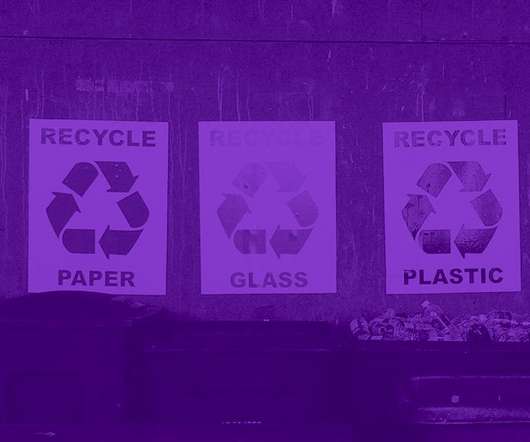

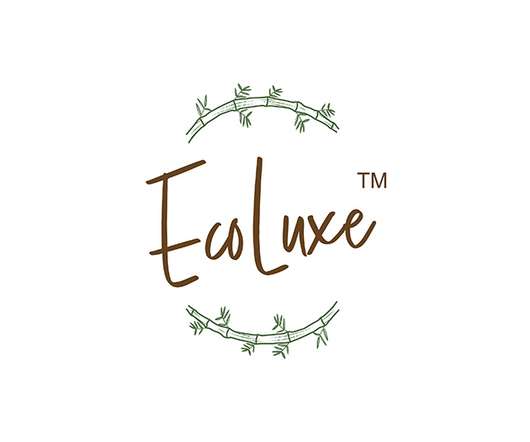
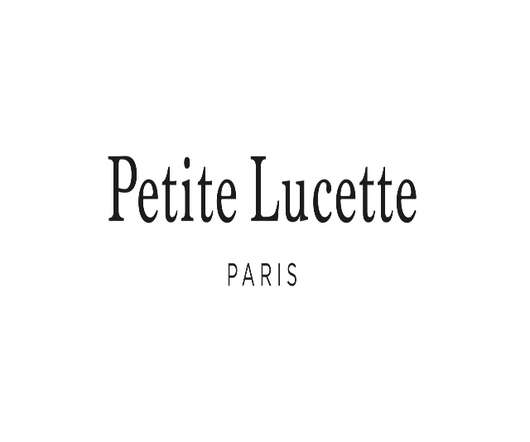
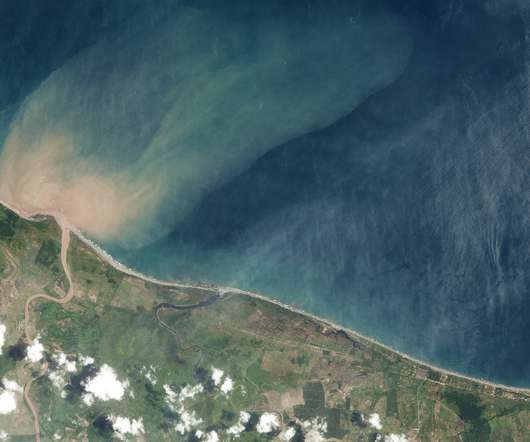

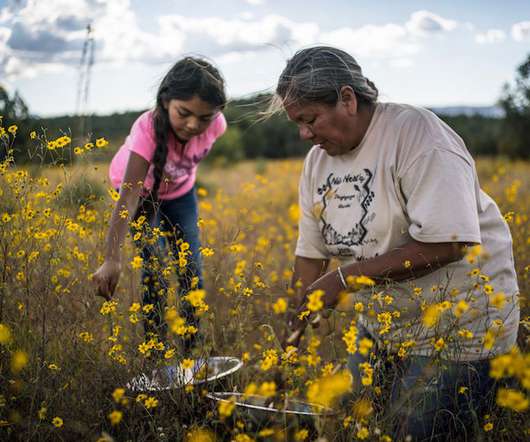
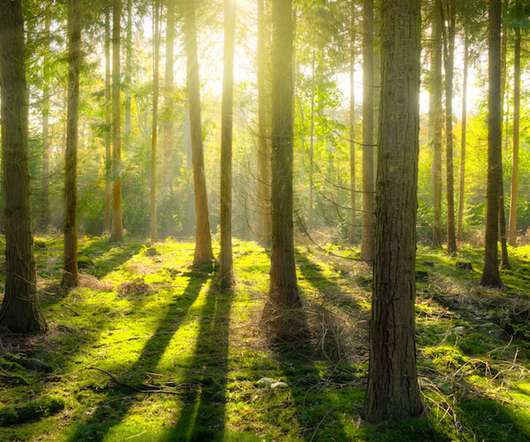




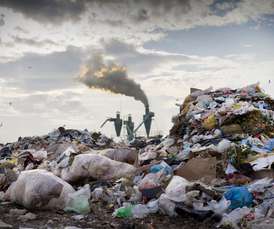
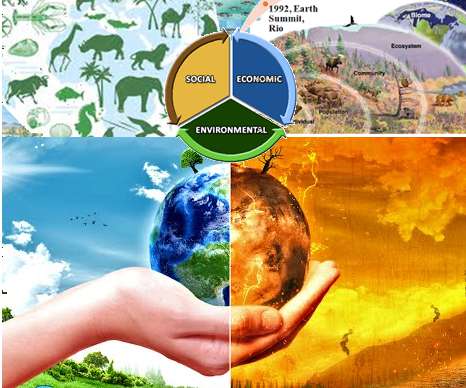









Let's personalize your content